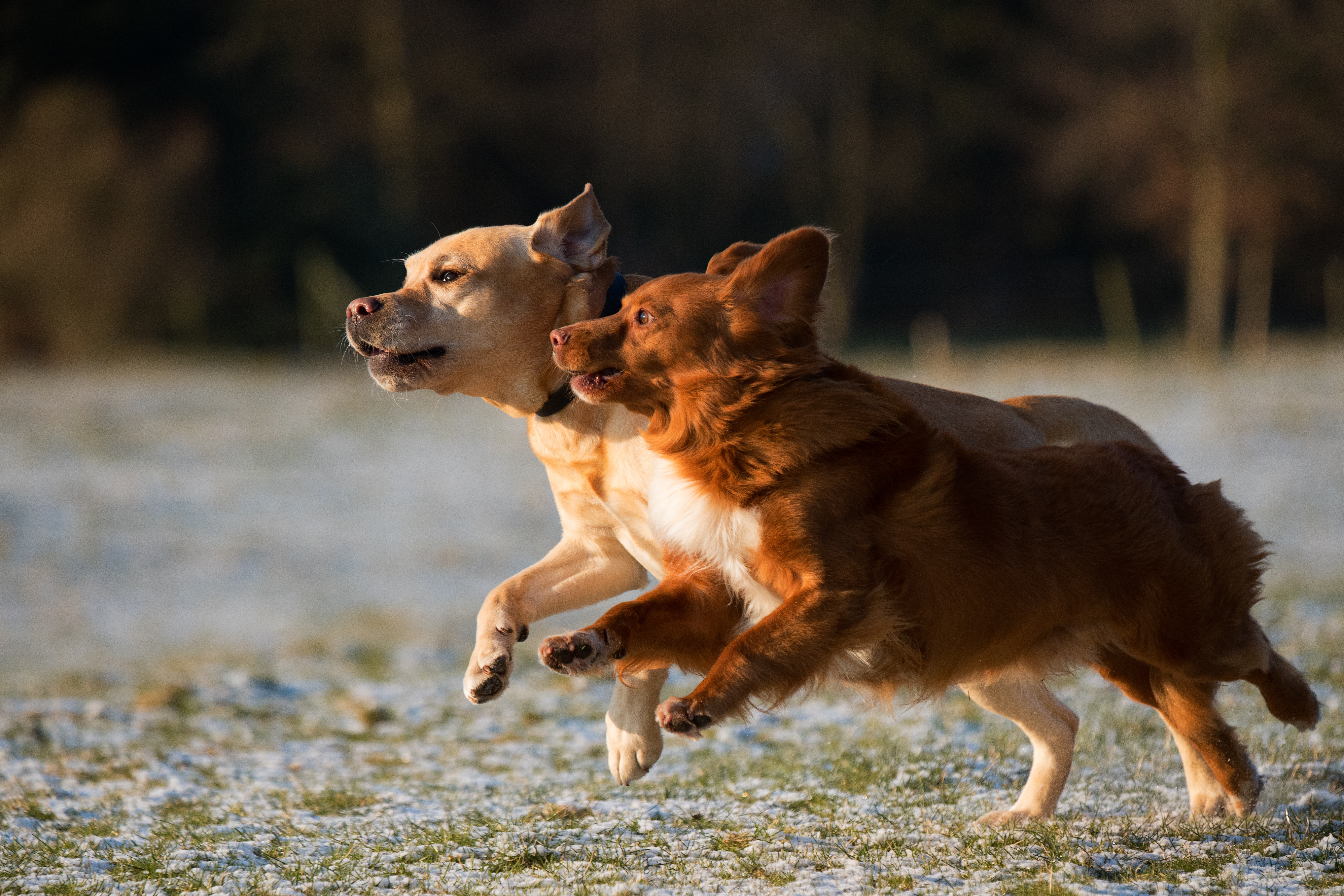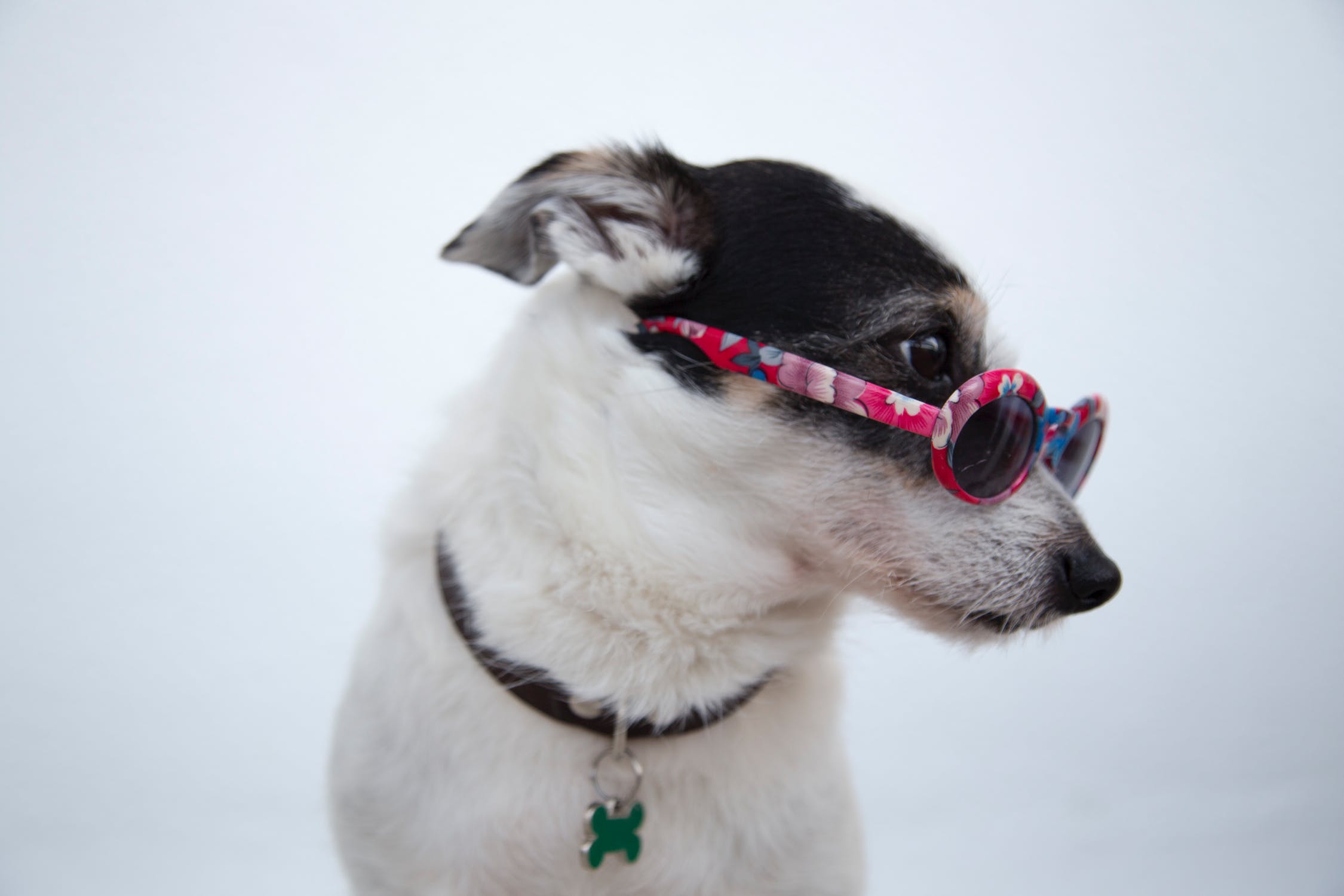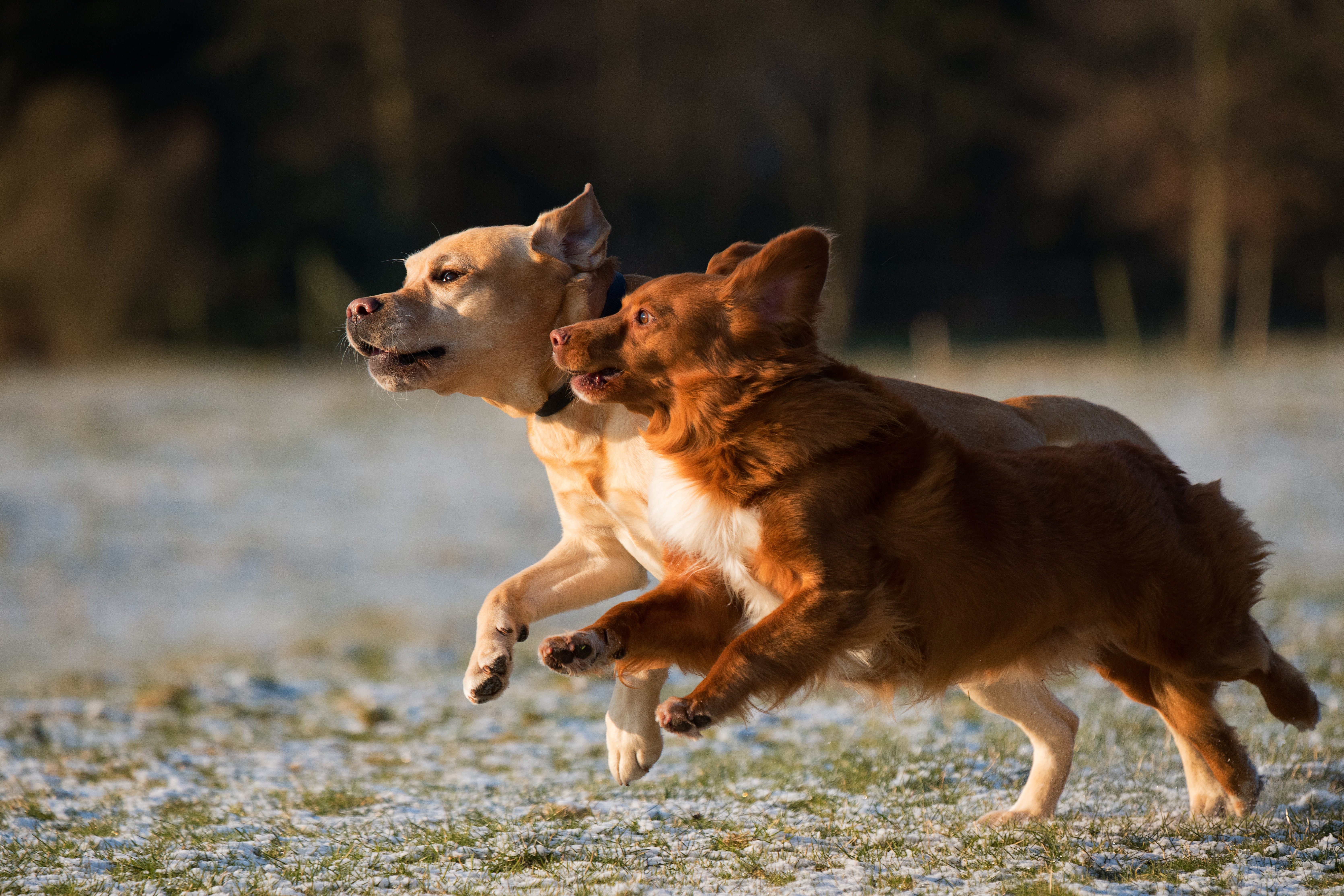

Lameness in pets

Picture this: it’s a nice, warm sunny day and you’re out at the dog park with your beloved four-legged friend. You lose sight of her for a few moments – no harm done, she always comes back. Except this time round, she comes back looking a little worse for wear, holding her front paw up as she does a three-legged hobble back to you.
You ask yourself: what just happened to your best friend?
What you have just witnessed is an acute case of lameness, as it is commonly known in the veterinary world. While lameness sounds like a very common and simple symptom, it is anything but! Unlike humans, dogs and cats are unable to tell you when they are feeling pain in a certain limb. Often, they will hide their pain, or compensate for their bad leg in ways which we are not able to visualise. As such, if you see your pet hobbling as in the scenario above, chances are that the pain is quite severe, even though it may not look like it. A dog or cat usually only limps when the pain has become unbearable!
Why is lameness bad?
The answer should be obvious right? Lameness signs mean that our cherished pet is in pain, and we have to look for ways to alleviate this pain! While this question sounds like it should have an obvious answer, as a veterinarianI still find myself having to explain the answer to pet owners on a regular basis! This is because people downplay the severity of their pet’s lameness, often with a few choice sentences:
“It’s just a limp, he’ll get over it.”
“Oh, she’s always been walking like this since she was young, it’s no big deal.”
“But he still looks so happy and he still wants to chase a ball!”
These are very normal responses, and these responses occur because we often conflate our own experiences with our pets’. For example, if we sprained our ankle, we might play it off and walk with a limp for a couple of days, knowing that no further action needs to be taken and we will be back to normal within a week.
However, the same cannot be said for dogs and cats – they are unable to tell you exactly how painful their lameness is and whether it is a serious issue. Therefore, in my opinion, all signs of lameness should be taken seriously and be properly investigated to ensure nothing sinister is happening under the surface!
Now, back to the question: why is lameness bad? Even if they look like they can get around just fine (and still chase a ball), lameness can lead to chronic (long-term) pain if left unchecked. This can lead to a variety of unintended consequences, such as:
- Impeded mobility
- Inability to participate in certain strenuous activities
- Chronic pain leading to fatigue
- Chronic pain leading to behavioural changes
- Severe underlying issues that may not be discovered if lameness is not further investigated
Overall, your pet will have adiminished quality of life if lameness is left unchecked.
What signs of lameness should I look for in my pet?
I am beginning to sound like a broken recorder now, but dogs and cats process and display pain in a very different manner from humans. They have their own “vocabulary of pain”, and certain subtle signs can be very telling and will help us intervene in early stages of lameness-causing diseases. Some of these signs include:
- Difficulty in getting up from a resting position – especially on slippery surfaces or in cold weather
- Getting tired sooner/more frequently on a regular walk
- Laying around more often than usual
- Stilted gait when walking/running
- Reluctance or hesitationwhen jumping up onto areas they are used to (e.g. car seats, couches, tables)
- Hobbling in a three-legged fashion for a short period of time before returning to normal almost soon after
Signs of lameness in a cat are generally harder to spot than in a dog – cats are usually more coy about such things! You may notice if your cat is more reluctant to jump onto higher, hard to reach spots – this tends to be the first obvious sign for most cats.
What should we do about lameness?
Now that you know your pet is lame, what is the next action you should take?
Without a doubt, we believe that you should bring your pet to a veterinarian. There are many diseases that may cause lameness in a dog or cat, and the lameness must be investigated thoroughly before any call can be made with regards to the diagnosis. The process of diagnosis may be lengthy and time-consuming, but we encourage you to be patient as finding the real cause of lameness is often a process of elimination! The only way treatment can be effective is by understanding the cause first, which is why proper diagnosis is so important.
Some steps that your veterinarian may take in diagnosis are:
- Historytaking: finding out the time-frame of the issue and any possible contributing factors from lifestyle or concurrent illness
- Gait assessment: watching how your dog or cat walks in a consult and isolating the limbs affected by lameness
- Physical examination: a thorough physical examination spans the entire body, not just the legs!It is always a good idea to rule out any other concurrent issues that may not be directly linked with your pet’s musculoskeletal system
- Orthopaedic examination: this is usually the crux of any lameness investigation, and requires physical manipulation of your pet’s limbs in order to localise the area of pain, so further investigation may be performed
- Imaging: Depending on the severity of the condition and list of potential diagnoses, your veterinarian may recommend further imaging to further investigate the cause of lameness. This usually comes in the form of x-rays, but sometimes enhanced imaging modalities such as CT scans may be required too.
Lameness can be a very complex issue to investigate, and some may even be multi-factorial, meaning there is more than one cause. It may be frustrating not to arrive at your answer immediately, but it is important to take the appropriate steps to narrow the diagnosis to ensure that your pets get the adequate care and treatment they deserve!
What are some of the more common ailments causing lameness?
Some common causes for lameness are as follows:
- Soft tissue injury (trauma, bruising, sprains)
- Acute injuries such as fractures or torn ligaments
- Osteoarthritis
Of these common diagnoses, osteoarthritis is perhaps both the most common and the most overlooked by pet owners –up to 20% of adult dogs have osteoarthritis, many of which go undetected their whole lives.
Many pet owners attribute slowing down or lameness in their older pets to “old age”. However, I would like to clarify that “old age” is not a disease! Osteoarthritis may become more pronounced and apparent in older dogs and cats, but that does not mean that we cannot do anything about it. While there is no cure for osteoarthritis, there are plenty of ways in which we can manage osteoarthritis and slow down its progression, so we can improve the quality of life in our four-legged friends.
What is osteoarthritis and how can we help manage it?
Osteoarthritis is a form of degenerative joint disease, which happens due to deterioration of cartilage surrounding joints in your dog or cat’s musculoskeletal system.
Remember when I mentioned “multi-factorial diseases” earlier? Osteoarthritis is one such disease – there is no one thing contributing to lameness in osteoarthritis. Here are some of the factors that may contribute to the progression of osteoarthritis in dogs and cats:
- Age-related wear and tear of joints
- Joint trauma or injury
- Obesity
- Poor skeletal conformation
- Overuse
If you have an older pet afflicted with osteoarthritis, you may notice that one or more of these things are applicable to your pet.
If you notice such signs, our first recommendation, once again, is to bring your pet to your veterinarian. Even if you are fairly certain that your pet has osteoarthritis, it is still important to get a thorough examination performed to rule out any other more insidious disease processes.
While osteoarthritis is an incurable disease, the good news is that it can be managed long-term if we catch it early enough. This is why regular check-ups with your veterinarian are so important! As mentioned, osteoarthritis is a multi-factorial disease, therefore management of the disease requires what we call a “multi-modal approach”; there is no one way to treat the disease. Here are some of the management approaches your veterinarian may recommend for your pet:
- Weight reduction
- Regular controlled, low-impact activity and rest
- Environmental modifications, such as ramps, supportive bedding, protecting your pets from slippery floors
- Nutraceuticals – this is a term coined from “nutrition” and “pharmaceutical”. These are not quite prescription medication but may help with your pet’s osteoarthritis. One such example is the product Antinol Rapid.
- Chondroprotective agents – these may be administered by your veterinarian to help improve joint health
- Physical rehabilitation
- Prescription medication to help with inflammation and pain relief
Very often, your veterinarian will use a combination of these therapy options to help your pet manage pain from osteoarthritis, and slow down disease progression.
What is Antinol Rapid?
You may have noticed “Antinol Rapid” in the list of management options we have for osteoarthritis. Antinol Rapid is the latest advancement in our multimodal approach to canine and feline osteoarthritis management, offering veterinarians and pet owners an effective and safe long-term option. The active ingredient consists of 2 components – The first is PCSO-524®, a marine lipid compound extracted from Green Lipped Mussel Powder. PCSO-524® is then mixed with a proprietary high-phospholipid krill extract via the same process, creating a patented active compound known as EAB-277™.
The synergistic blend of EAB-277™ in Antinol Rapidpresents a potent anti-inflammatory combination, which may be used in the management of osteoarthritis in dogs and cats.
As a nutraceutical, Antinol is amongst the most researched and published non-drug compound in veterinary medicine today. Decades of published peer-reviewed research firmly establishes Antinol and Antinol Rapid as superior to other natural joint products.
Antinol Rapidhas an excellent safety track record, with no documented side effects and no known contraindications.It can therefore be used in a versatile fashion, to be combined with NSAIDs, injectables or other pharmaceuticals and supplements for enhanced case management options and long-term patient support.
We are so confident in the effect of Antinol Rapid, we are offering every single pet owner a 45 day money-back guarantee for satisfaction and palatability!
If you are looking for a fuss-free solution with no documented side-effects for your pet’s osteoarthritis, Antinol Rapid may be your answer. Contact your veterinarian or visit our Obay Antinol page to find out more information and purchase Antinol Rapid today!


